Essential safety equipment for yachts and non-SOLAS vessels
"History
The lucky yachtsman"
On 5 January 1997 the single-handed Tony Bullimore’s yacht participating in around-the-globe race capsized in freezing waters between Australia and Antarctica hit by a violent storm. The yachtsman managed to survive in the air pocket inside the hull. But what were the chances for the rescue 2600 kilometres away from land?
Luckily, experienced yachtsman was prepared for emergency. His boat Exide Challenger was equipped with Argos satellite beacons which transmitted the position of the craft to the French ground station and then to the race headquarters. In no time the position data was relayed to the Australian rescue authorities in Canberra which launched the rescue operation. Moreover, Bullimore managed to activate his 406 MHz EPIRB allowing Australian naval frigate Adelaide to home in on the signal.
After five days of search the yachtsman was found when he managed to dive out of the upside down yacht and was taken on the Adelaide board . The leading part in the salvation of Tony Bullimore played the proper safety equipment of the yacht ensuring that he could be found and rescued.
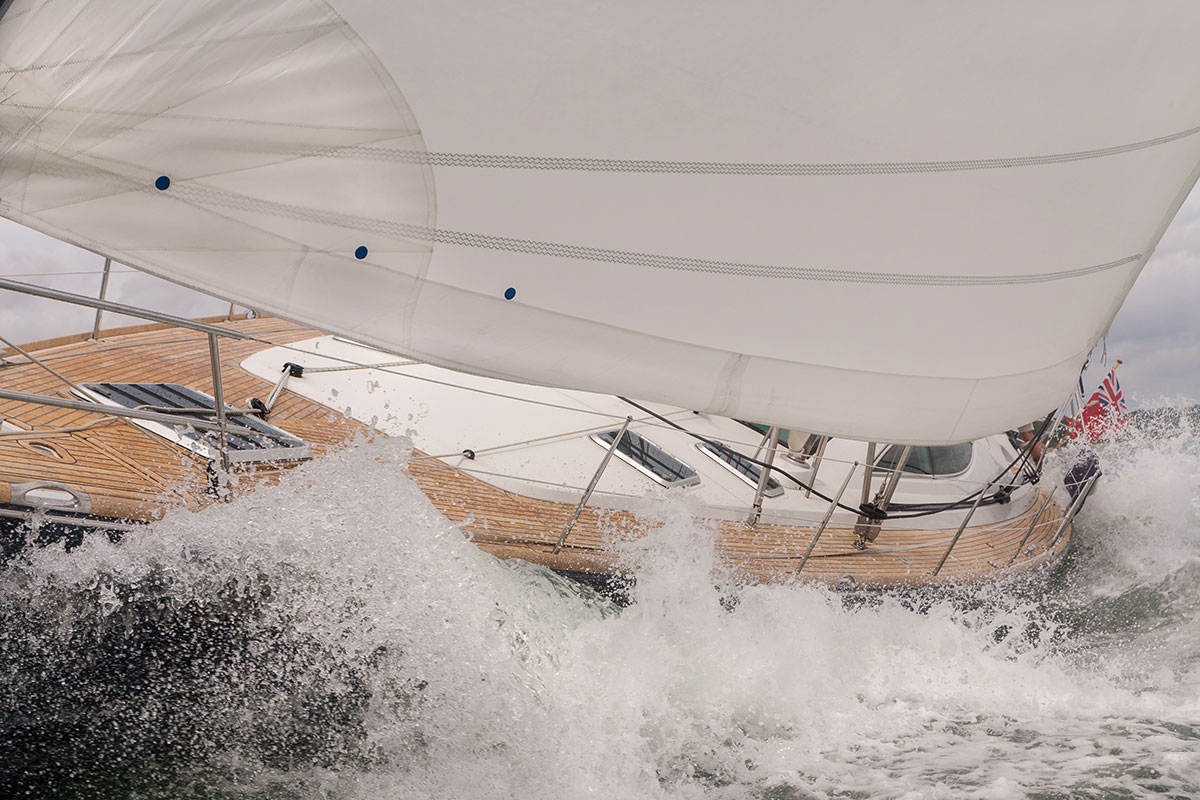
The requirements of international and local regulations for smaller boats and yachts are much more lower than for big seagoing vessels. Below we have prepared for you the list of safety equipment recommended for yachts and other non-SOLAS vessels so you could get a fuller idea about it.
Some essential equipment is required to be found on board in any case. Other pieces of equipment should be applied depending from the yacht size, sailing area, voyage distance offshore and its purpose. For example, fishing vessels might require specialized equipment and sonar.
1. Non-SOLAS vessels
The non-SOLAS vessels including yachts (with some exceptions), fishing ships or other recreational boats are typically the crafts which don’t go beyond 2 miles from coast. The key safety equipment on such vessels is:
- Lifejackets for everyone on board including children and even domestic animals;
- Waterproof torch;
- Fire extinguisher and fire blanket;
- Bailing devices like bucket with metal handle and attached rope, bailer, manual pump.
Flags are also an important part of safety equipment on the board.
The minimum set of the flags should include:
- International code flags November and Charlie for Mayday distress signaling ;
- National flag;
- Quarantine Flag (“Q” flag) for customs clearance if you are crossing the border.
It is also recommended to have a radio station, the portable one will be sufficient.
The GMDSS equipment is not obligatory for non-SOLAS vessels. Though some of these tools like EPIRBs may be applied by choice if the owner wants to increase their safety at sea. The DSC technology is also becoming widely implemented in GMDSS. It is highly recommended to have such equipment on board because it will be hard to contact vessels which monitor only DSC calling channel. Though the ships are still required to watch the appropriate 16 distress frequency in loaded traffic zones. Most fishing and recreational vessels already have VHF marine radios on board but not all these radios are generally DSC compatible.

The requirements for radio stations on board differ from country to country. The U.S. FCC rules for recreational ships under 65 feet (used for sailing, diving, sport fishing, fishing, water skiing) do not oblige to install any radio station. They are also called “voluntary ships” because they still may install the compulsory ships equipment by choice.
The UK rules depend on ship’s length and area of sailing. According to the Merchant Shipping Regulations which covers all vessels in the UK the recreational boats less than 13.7 metres have to comply only with SOLAS V equipment requirements.
Australian requirements consider obligatory safety equipment of three types – for all registerable boats, for boat area of operation and for size of boat. Also there is other recommended equipment to enforce general safety at sea.
Various types of boats may be required to have additional or specific types of safety equipment according to Australian regulations. They are called other regulated ships.
The Australian General Safety Obligation also states that it is the boat owners and crew who are responsible for availability of appropriate safety equipment on board and for its proper maintenance for the waters you are planning to go. This will ensure the boat is prepared for any contingencies and emergencies.
2. Yachts which fall under wider requirements
The full set of safety equipment for yachts which go beyond 60 miles offshore is strictly designated by international maritime regulations. This set must include:
- Liferaft – must correspond to the number of persons on board and ensure their survival for more than 24 hours;
- Life ring and life buoys;
- Distress pyrotechnic devices – flares, orange lifesmoke, red parachute signal rockets;
- Sea anchor or storm drogue – also important part of safety equipment which helps to ride out the storm at sea.
Despite the GPS, navionics availability and Internet sources of information all maritime registers require to have paper chart of region where you are sailing.
For the work with nautical chart you need chart plotting instruments – divider and protractor. Though it is hard to believe someone actually using these devices, nevertheless nowadays it is still the obligatory equipment.
Furthermore it is necessary to have logbook and pilot book featuring the information about coastal navigation and routes of port approach.
Finally, the yacht should be equipped with one of the most valuable devices for long sea voyages – marine compasswhich can be either mount or sighting.
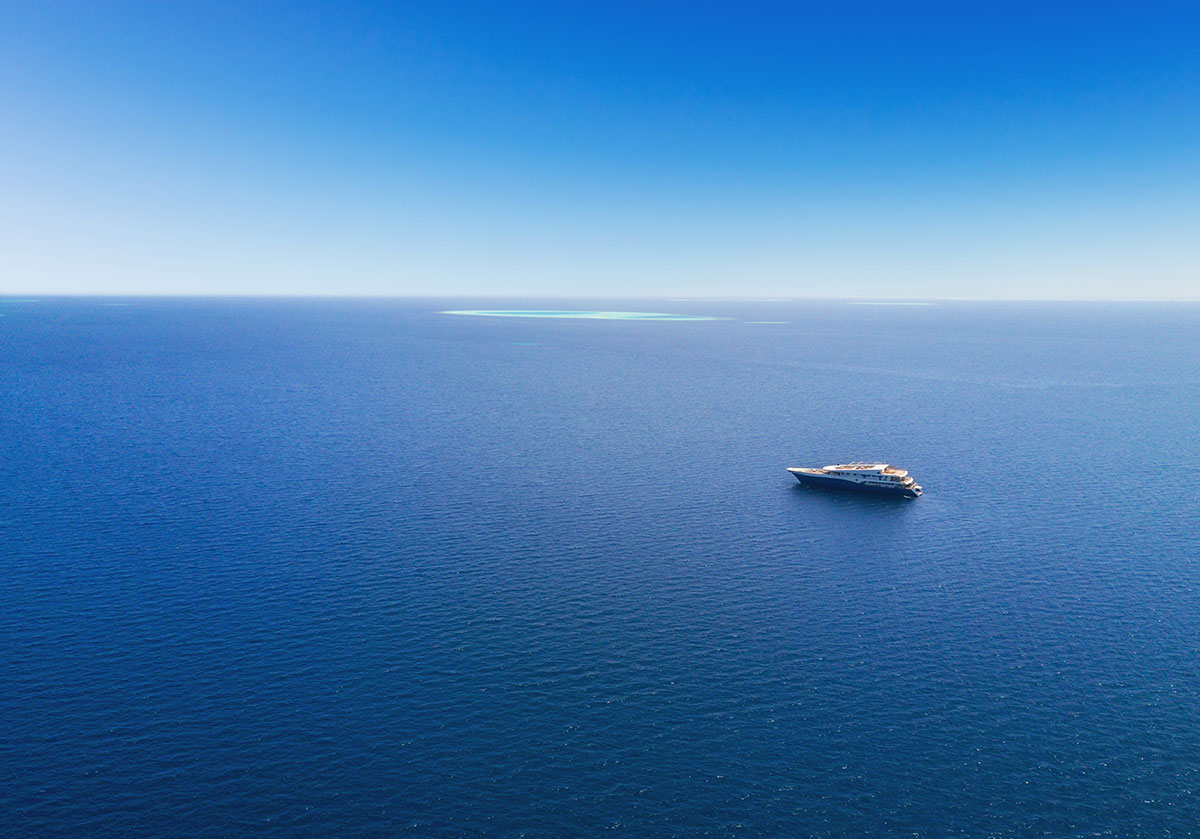
The list of safety equipment for open waters includes not only simple well-known for years appliances but also complex recent technology devices like large EPIRBs or smaller PLBs and MoBs.
These devices can be divided into two types - the ones mounted on board of the boat and the ones attached to the lifejacket.
MoB or Man over Board devices are activated automatically when the lifejacket to which it is attached has inflated. The MOB sends the alarm to all vessels from 2 up to 8 miles away from your location using AIS and transmits GPS position information to the rescue authorities. While activated, it is being displayed on the AIS receivers of the nearby vessels so it won’t be long before the help comes.
Personal Locator Beacons (PLB) are also attached to lifejacket but transmits a distress signal to search and rescue authorities using Cospas-Sarsat satellite network ensuring your survival. PLB’s are usually operational up to 24 hours.
Emergency Position Indicating Radio Beacons (EPIRBs) are mounted on the board of the yacht. EPIRB contains MMSI – an individual code used to identify every vessel. In case of emergency it relays alert to search and rescue authorities through Cospas-Sarsat satellites. EPIRBs can be activated manually or by hydrostatic release unit when it’s submerged under water for more than 1 meter. Both personal and mount emergency beacons must be obligatory registered with competent national authority. In most countries the registration is free of charge, some even permit to complete registration online.
Search and Rescue Transponder (SART) can significantly complement emergency beacon. SARTs are designed for rescue vessels or aircraft could home in on the distress position. The device automatically reacts to the radar emission and returns it back. In this manner it enhances the visibility of its position on the radar screen.
Seafaring is strongly subjected to the weather conditions. So weather station, weather fax and wideband radio for receiving weather forecasts might help to be ready for any sudden condition changes.
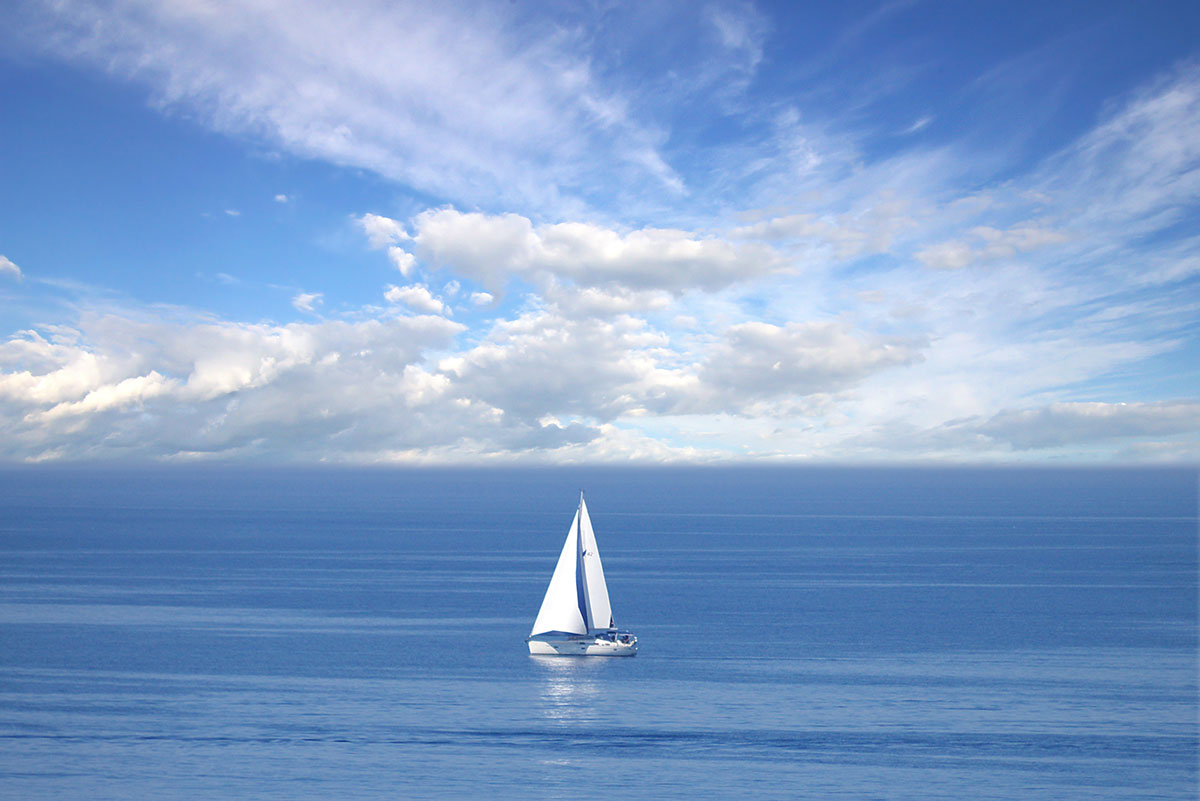
The ability to communicate with other ships is very important for marine safety. Navigation and safety information received or transmitted in time can literally save your life. The most popular way of communication with other vessels and shore stations is VHF marine radio. It is simple, compact and cheap device but for short-distance range.
The VHF transmissions are limited by line-of-sight. It means that curvature of the Earth or natural obstacles like hills or cliffs block the signal. Besides, it is dependent on the power and the respective heights of the transmitting and receiving antenna. That is why the VHF antennas are placed at the highest possible position – building or mast tops.
The following table shows the antenna range related to its height:
|
Antenna Height |
Antenna Range |
Antenna Height |
Antenna Range |
|
2m |
4nm |
25m |
13nm |
|
5m |
6nm |
35m |
15nm |
|
10m |
8nm |
50m |
18nm |
|
15m |
10nm |
75m |
22nm |
|
20m |
11nm |
100m |
26nm |
For example you have antenna 15m above the sea level and another vessel has the antenna of 10m. In this case you will be able to communicate with each other in range of no more than 18 nautical miles (10nm + 8nm) apart.
For a longer range communication SSB radio is required.
According to the UK Merchant Shipping Regulations the ship of more than 13.7 metres should be equipped with appropriate VHF radio and MF & HF (SSB) radio for offshore sailing.
The French CEVNI rules require vessels in continental waters longer than 20m to have two VHF radios on board – one for watch on Channel 10 ship-ship traffic and one for local canal/lock/bridge operations. Dual watch is prohibited.
For ships less than 20m a VHF radio may be required by local regulations like in Paris and Lyon.
Checklist
To sum up all the requirements we have prepared the safety equipment checklist. As every country has different set of the rules for own territorial waters and small boats, we have made the table only for seagoing vessels.
Please notice that our list is advisory and not exhaustive, always check up with local authorities.

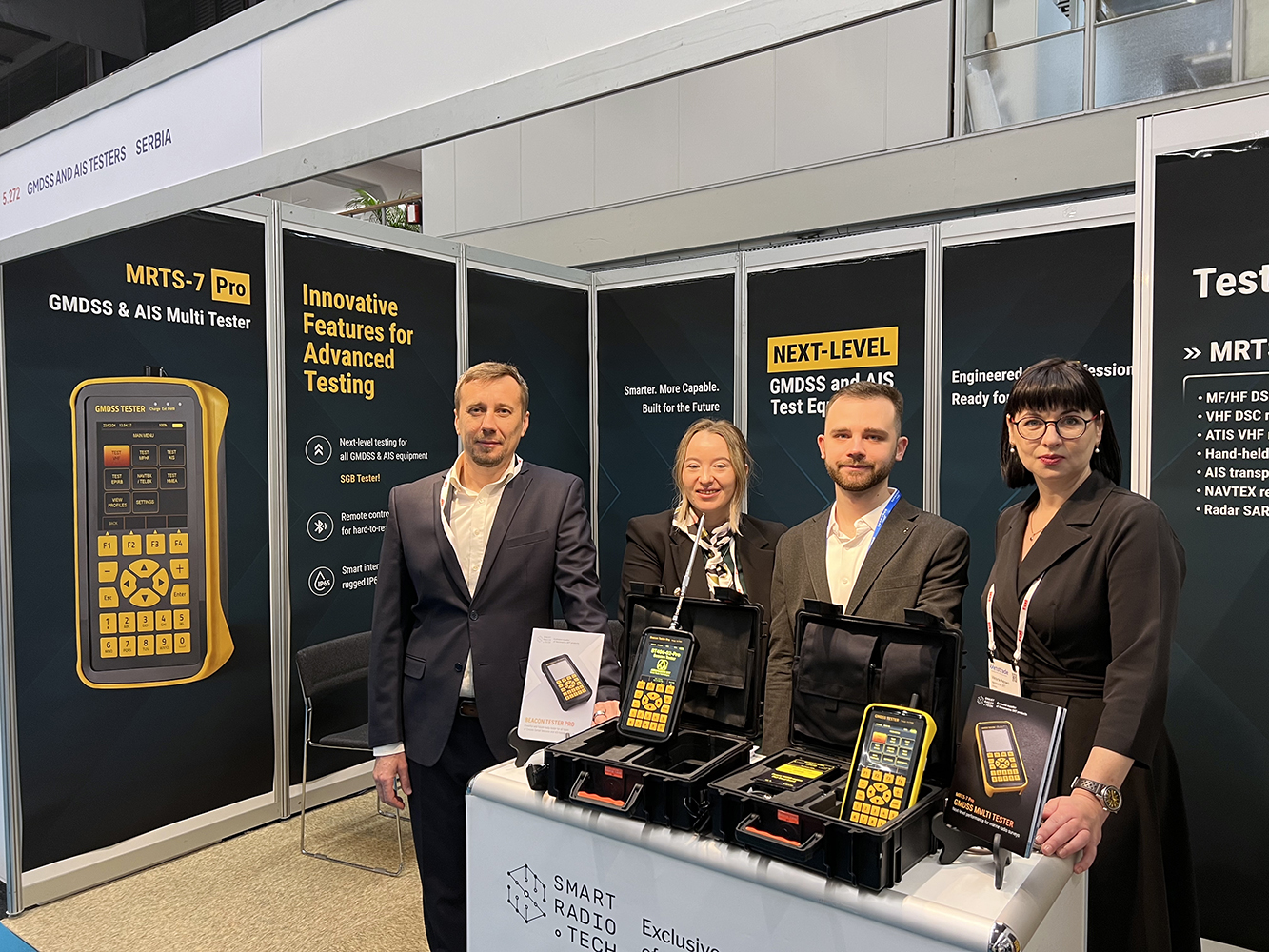

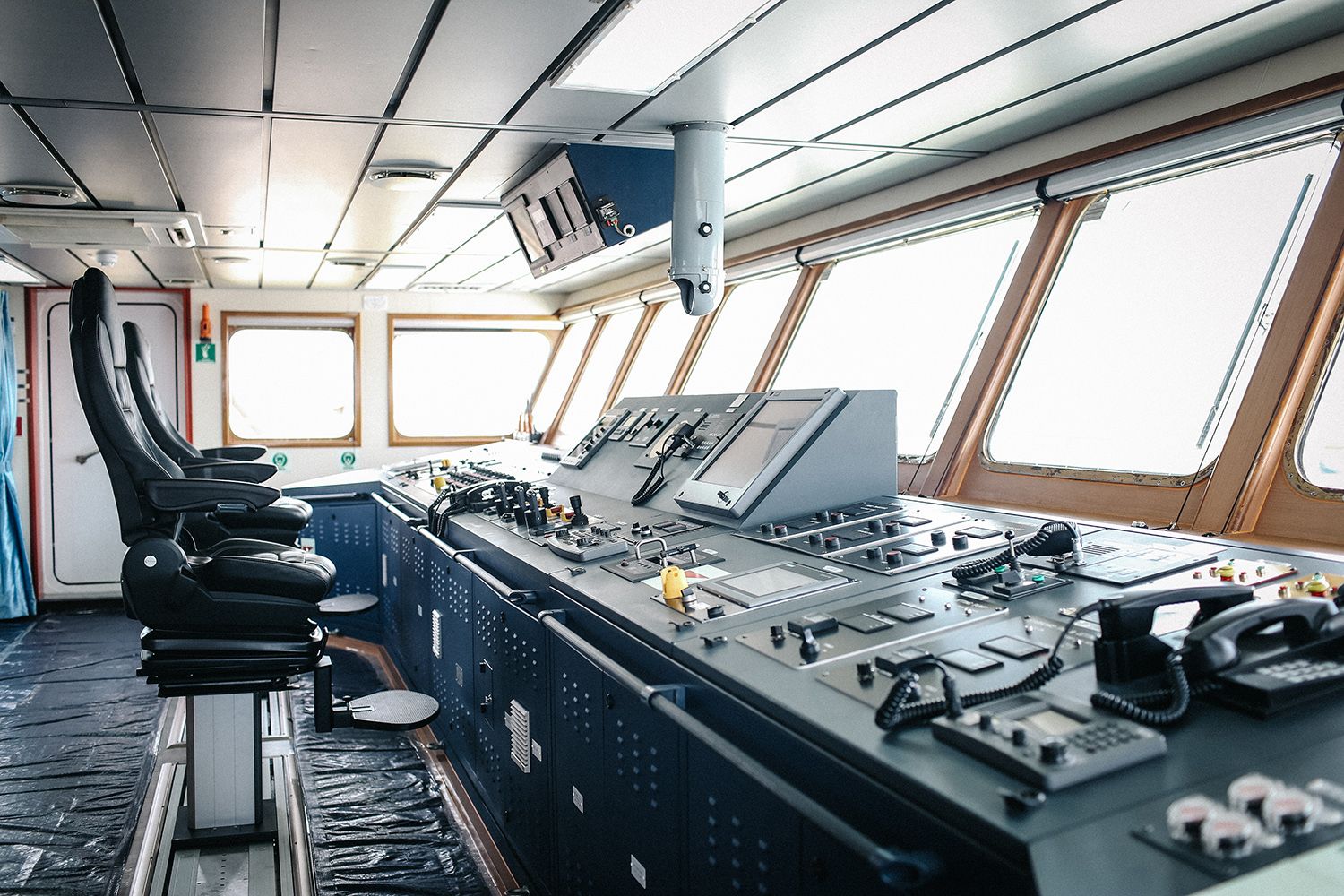

Be the first to comment